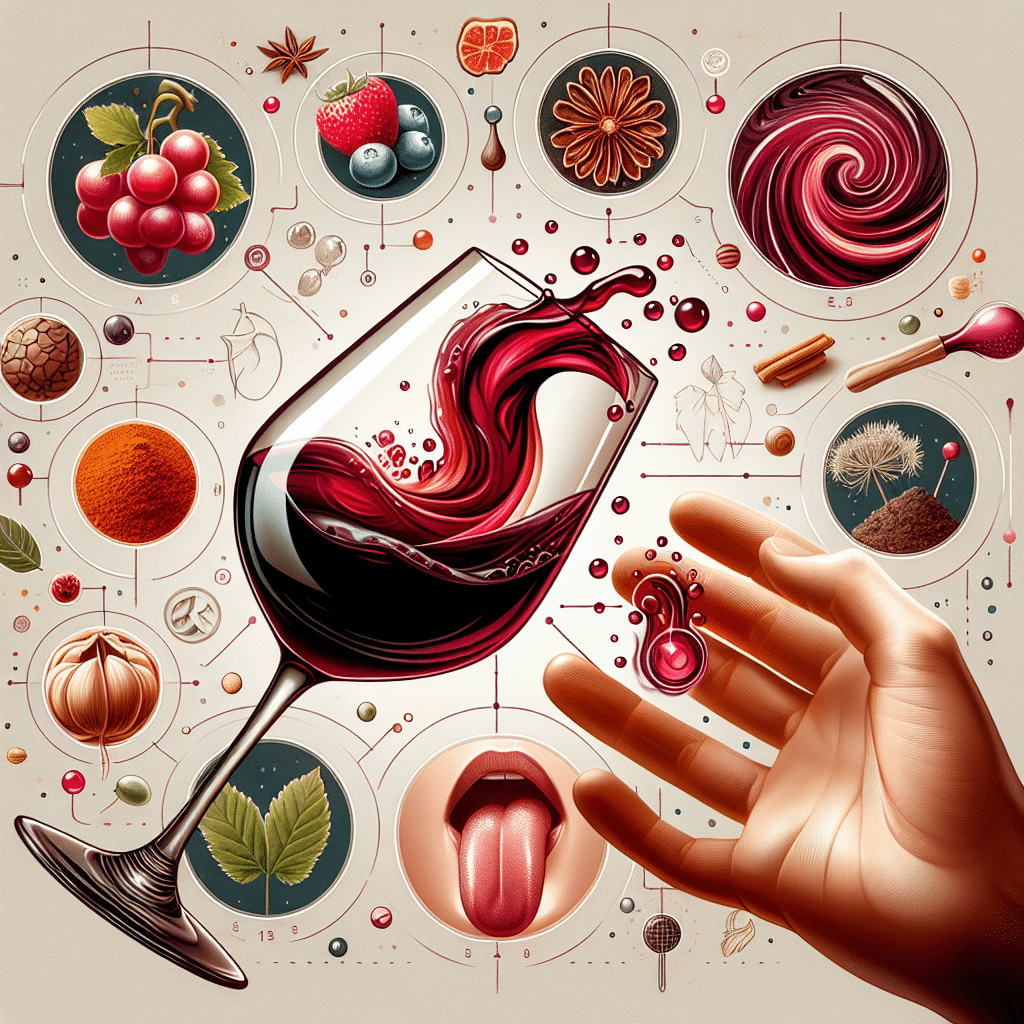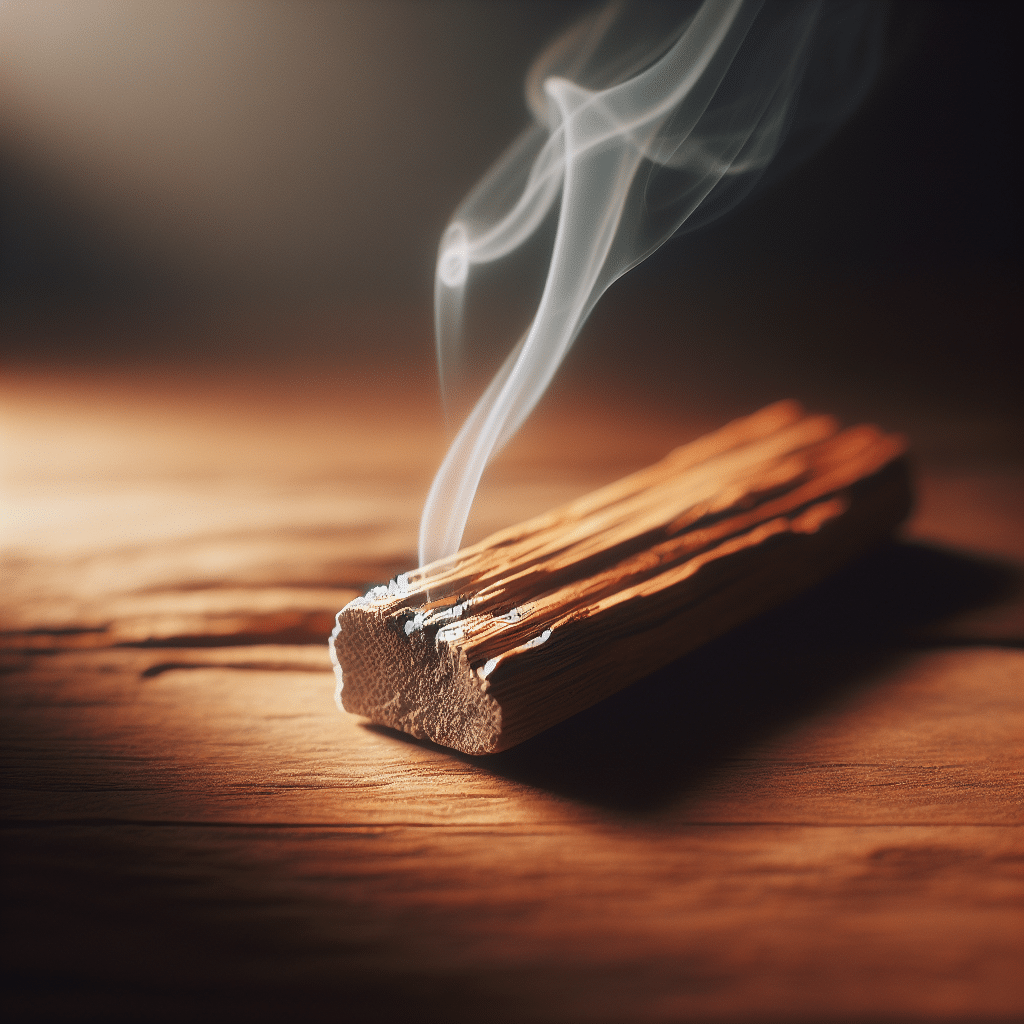Understanding the Palette in Wine
The term “palette” in the context of wine refers to the combination of flavors and sensations that one experiences while tasting. It encompasses not only the individual flavors, such as fruity, floral, or earthy elements but also the overall mouthfeel, acidity, sweetness, and tannins that contribute to the wine’s complexity and enjoyment. In essence, the palette reflects both the wine’s character and the drinker’s perception, making it a fundamental aspect of wine tasting. Understanding a wine’s palette allows both enthusiasts and novices alike to appreciate the intricate artistry involved in winemaking, leading to more informed choices when selecting wines for personal enjoyment or pairing with food.
The Components of a Wine Palette
To fully grasp what a palette in wine entails, it is important to break it down into its core components. The main elements that contribute to a wine’s palette include:
Flavor Profile
The flavor profile consists of distinct tastes detected during tasting. These can include:
- Fruity: Notes ranging from berries and citrus to stone fruits.
- Vegetal: Flavors that may include green pepper or herbal tones.
- Floral: Subtle hints of flowers such as jasmine or violet.
- Spicy: Elements such as pepper, clove, or anise that create depth.
- Earthy: Characteristics reminiscent of soil, forest floor, or mushrooms.
Mouthfeel
Mouthfeel refers to the texture of the wine as it coats your palate. Common descriptors include:
- Full-bodied: A weighty sensation, often found in rich reds or heavy whites.
- Light-bodied: A more delicate feel, characteristic of many whites and lighter reds.
- Creamy: A smooth texture that may derive from malolactic fermentation.
- Tannic: A drying sensation that adds structure, predominantly in red wines.
Acidity
Acidity plays a crucial role in balancing flavor and ensuring freshness. Wines with higher acidity can feel crisp, while lower acidity may give a flabbier sensation. Common acid types in wine include:
- Tartaric Acid: The primary acid in grapes.
- Malic Acid: Found in green apples; contributes to lively acidity.
- Lactic Acid: Associated with smoothness, often produced during fermentation.
Sweetness
Sweetness in wine can significantly affect its palette. Descriptors often include:
- Bone Dry: No perceivable sweetness, typical of many dry wines.
- Off-Dry: A hint of sweetness that balances acidity.
- Semi-Sweet: Noticeable sweetness, commonly in some whites and dessert wines.
Tannins
Tannins are naturally occurring compounds found in grape skins, seeds, and stems, which give structure and complexity to red wines. They can impact the texture and flavor, producing the following sensations:
- Silky: Soft and smooth feeling on the palate.
- Grainy: A rougher texture associated with higher tannins.
- Intriguing: Tannin presence can accentuate flavors and aromas, enhancing overall complexity.
Factors That Influence a Wine’s Palette
Several factors can influence the palette of a wine, affecting how flavors and sensations are perceived:
Grape Variety
Different grapes have unique profiles that source varying flavors and aromas. For instance, Cabernet Sauvignon may present dark fruits and herbs, while Chardonnay may offer tropical fruits and butter notes.
Winemaking Techniques
Tannins, acidity, and sweetness can be manipulated through various winemaking techniques, including fermentation methods, aging barrels, and blending strategies. For example, oak aging can contribute vanilla and spice notes to the palette.
Region and Terroir
The terroir encompasses the climate, soil, and geographical conditions where the grapes are grown, significantly shaping the characteristics of the wine. A Burgundy Pinot Noir may be far more elegant and earthy, while a California Pinot Noir may be fruitier due to the sunny, warm weather.
Age of the Wine
Aging can enhance the complexity of a wine’s palette. Younger wines often exhibit fresher, fruit-forward flavors, while older wines tend to develop nuances of earthiness, tertiary notes, and refined textures.
Tasting and Analyzing a Wine’s Palette
Tasting is an art that allows you to explore and analyze a wine’s palette thoroughly. Here are some steps to optimized tasting:
Sight
Start by examining the color and clarity of the wine. The hue can give hints about the grape variety and age.
Swirl and Smell
Swirling the wine aerates it, releasing aromatic compounds. Take a moment to inhale and identify aromas, which can be crucial for setting expectations for the taste.
Taste
Take a small sip and allow the wine to cover your tongue. Pay attention to sensations and flavors as well as the interactions between acidity, body, and other components.
Finish
The finish of the wine refers to the lingering flavors and sensations after swallowing. A long finish may suggest a higher quality wine.
Common Questions About Wine Palette
What is the significance of the palette in wine tasting?
The palette is critical in wine tasting as it provides insight into the wine’s character, balance, and quality, helping tasters articulate their experience and preferences more effectively.
How can I improve my ability to identify flavors in wine?
Practice is key. Use a wine flavor wheel as a guide, take notes during tastings, and participate in wine education classes or tasting events.
What types of wines typically have a more complex palette?
Wines with longer aging potential often have a more complex palette. Examples include Cabernet Sauvignon, Bordeaux blends, Barolo, and aged Rieslings.
Can food pairing influence a wine’s palette?
Yes, food can enhance or mute certain aspects of a wine’s palette. Consider acidity and tannin levels when selecting food to pair with your wine for the best tasting experience.
Conclusion
Understanding the palette in wine is essential for any wine enthusiast or casual drinker aiming to elevate their tasting experience. By recognizing the various components that contribute to the palette, as well as the factors influencing it, you can appreciate the artistry of winemaking and select wines that delight your palate. Remember, the journey of wine tasting is personal—take your time, explore, and enjoy every sip on your quest for the perfect glass.



